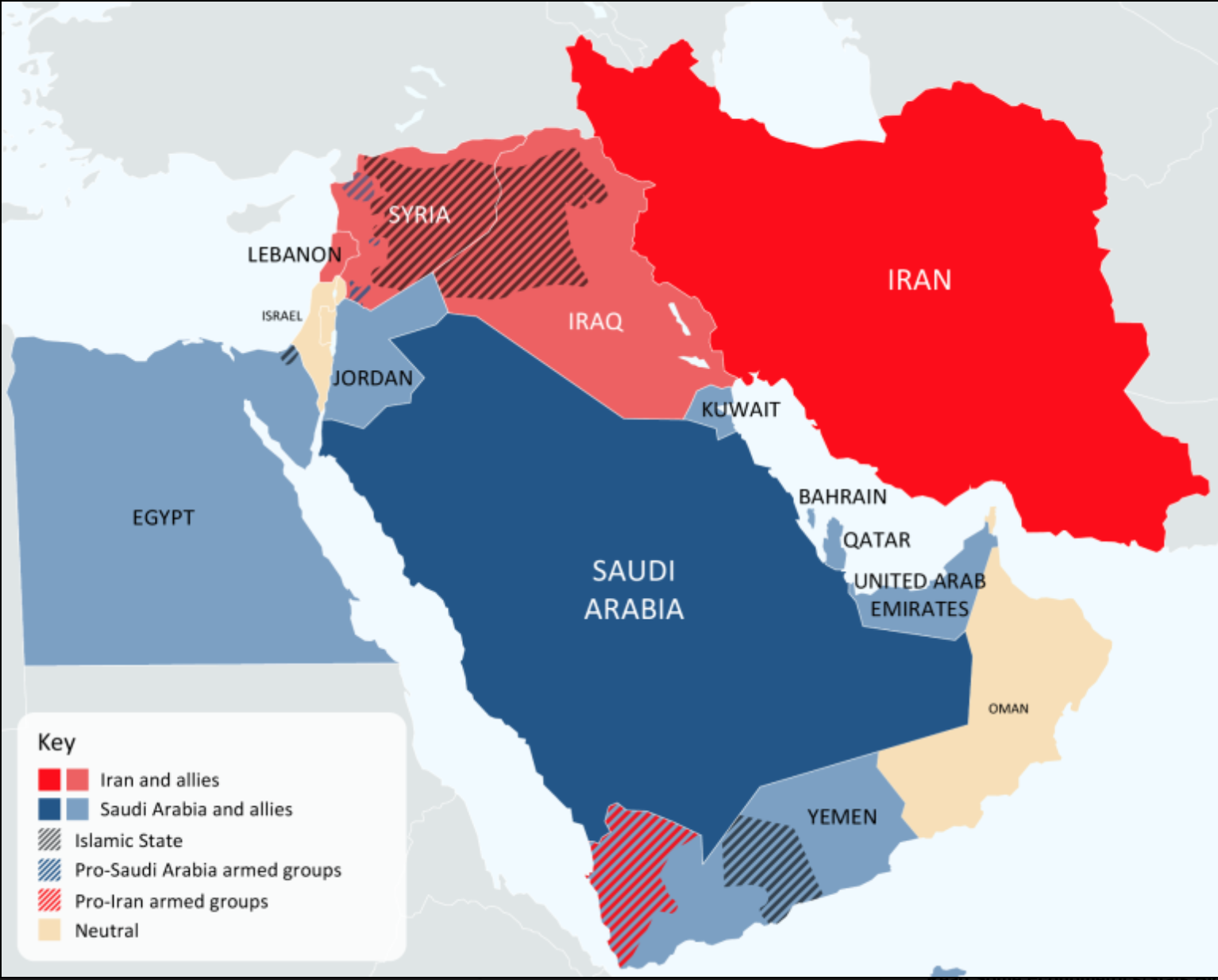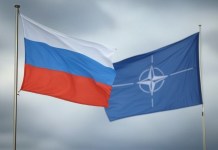India and Iran have reached a final agreement on India’s first foreign port project, Chahbahar Port, reported The Economic Times on 16 January. The building of this Iranian port has been a subject of discussion between the two countries for a long time. It also came up for discussion when Prime Minister Modi visited Tehran in 2017.
At a Connectivity Conference in Tashkent in 2021, Indian External Affairs Minister S Jaishankar had projected Chahbahar port as a key regional transit hub, including Afghanistan.
On November 23, 2023, Indian foreign secretary Vinay Kwatra was in Tehran to co-chair a meeting of India–Iran Foreign Office Consultations (FOC) along with Iranian Deputy Foreign Minister for Political Affairs Ali Bagheri Kani.
In a tweet, he had said, “Discussed bilateral matters, connectivity projects including Chahbahar port, and shared perspective on current challenges in the region….”
What Is The Project?
Situated in Sistan-Baluchistan province in the south-eastern part of Iran, the development of the Chahbahar port on the Gulf of Oman as a connectivity project has been under the collaboration of the two countries since 2003.
They signed a deal to invest $8 billion in ports and related industries. It would be developed as a transit route to Afghanistan and Central Asia. It has two main ports, but India will develop only one of the two, namely Shaheed Beheshti port.
In addition to India and Iran, Afghanistan is also associated with the project. In January 2016, the three countries signed a trilateral economic agreement to develop the port.
Over the years, the Chahbahar project has grown and now envisages a port, a free trade zone, the 628-km railway line to Zahedan, and then the little over 1,000-km track to Sirakhs on Iran –Turkmenistan border.
The project did not have a smooth sailing. Some countries in the region and afar, motivated by their political interests, were not happy with the two countries undertaking a project that would have a far-reaching impact on the politics, economy and strategies of the region in a big way.
Finally The Agreement
External Affairs Minister S Jaishankar was on a two-day visit to Iran following the US-UK forces’ attack on Houthi military positions and the minister’s discussion with US Secretary of State Antony Blinken. He started his Iranian visit with a meeting with Iranian Minister of Roads and Urban Development Mehrdad Bazrpash.
EA Minister and Iranian President Ebrahim Raisi met and discussed expediting the implementation of Iran-India agreements, including the Chahbahar Port Development Plan, and further compensating for delays.
Taking on social media platform X, the Iran Embassy in India stated, “The President stressed the need to follow up and accelerate the implementation of the agreements between Iran and India, including the Chahbahar Port Development Plan.”
Dr Jaishankar tweeted, “Detailed and productive discussion on establishing a long-term cooperation framework concerning Chahbahar port. Also exchanged views on the International North-South Transport Corridor.”
India has been pushing for the Chahbahar port project to boost regional trade, especially for its connectivity to Afghanistan, since 2016, when the sub-continent signed a tripartite agreement with Iran and the now Taliban-led nation to develop the terminal.
External Affairs Minister S Jaishankar had also projected the Chahbahar port as a key regional transit hub, including to Afghanistan, at a connectivity conference in Tashkent in 2021.
In November 2023, Foreign Secretary Vinay Kwatra discussed with Iranian Foreign Minister Hossein Amir-Abdollahian ways to boost connectivity through strategic Chahbahar port and the current situation in West Asia arising out of the Hamas-Israel conflict.
Significance
EA Minister Jaishankar held wide-ranging talks with Iranian counterpart Hossein Amirabdollahian on 15 January in Tehran. The main subject of discussion was India’s involvement with the strategically vital Chahbahar Port, the North-South connectivity project, and some pressing global issues.
In a post on X, after he met with the Iranian counterpart, Jaishankar said. “Our bilateral discussion focused on the long-term framework for India’s involvement with Chahbahar port and the INSTC connectivity project.”
India reiterated her interest in benefiting from Iran’s unique geographical position to access markets in Central Asia, Afghanistan, and Eurasia. “We discussed bilateral engagements comprehensively,” said the EA Minister.
The Chahbahar project will provide India with a direct route to Afghanistan by circumventing Pakistan, which denies the use of its territory by Indian trucks bound for Afghanistan.
Afghanistan is historically bound in friendship with India, and the new connectivity will lift Afghanistan from its debilitating landlocked status. Kabul will find a vast market to expand its trade, commerce, and interaction.
It will immensely reduce Pakistan’s domineering influence on Afghanistan by misusing the landlocked position of Afghanistan.
Chahbahar will put an end to China’s dominance of the region through CPEC. The threefold connectivity plan of India, namely the India-Middle East-Europe Economic Corridor (IMEC), Chahbahar project, and International North-South Transport Corridor (INSTC), largely reduces the dependence of many Asian and Eurasian countries on China and its notorious “debt trap.”
According to the Indian Ministry of Commerce, Chahbahar port and INSTC offer 30 % cheaper imports than the Mediterranean-Suez route. Natural gas from Central Asia can be exported to India via the Chahbahar port. India is already part of projects like the TAPI gas pipeline originating in the Central Asian Republic of Turkmenistan.
From a diplomatic perspective, Chahbahar port can be used by India as a point from where humanitarian operations in Central and South Asia can be coordinated. Chahbahar port will boost India’s access to Iran, the key gateway to the international INSTC that has sea, rail, and road routes between India, Russia, Iran, Europe, and Central Asia.
It is a 7,200-km multi-modal transport corridor that connects St Petersburg to Mumbai. INSTC offers a platform for India to foster an Eurasian Free Trade Area.

Roadblocks
Some roadblocks do exist. Iran’s ties with China are growing. China has made a huge 25-year-long term investment in Iran. Iran-US strained relations create difficulties for India which is eager to maintain relations on an equal keel.
India needs international support, especially from America, to become a member of NSG.
The utility of Chahbahar port depends on good relations between India and Iran. An Iran dogged by sanctions will be an embarrassment to India. India must also fine-tune her relations with important Arab countries like UAE, Saudi, Oman, and Egypt in the background of her cordial relations with Israel.
Chahbahar Project & Disturbed Times
India has finalised the Chahbahar deal at a time when the political scenario in the Middle East is precarious. Clouds of WWIII are hovering over the region.
International naval trade waterways are under severe threat. The US and UK had to bomb Houthi military sites in Yemen to eliminate disruption in the smooth movement of commercial vessels through the Red Sea.
The world is pressing Israel to call for a ceasefire. Big powers like the US and the UK are averse to the proliferation of hostilities in the volatile Middle East. When the US bombed Houthi vessels in the Red Sea, President Biden said he had sent a private letter to Iran.
Simultaneously, Indian EA Minister Jaishankar was in the US. His 2-day visit to Tehran and reviving negotiations about Chahbahar could not be a routine exercise. Jaishankar met almost all leaders of top importance in Iran.
Was he the one who carried Biden’s private letter to Iranian authorities, observers speculate. Was Chahbahar made the curtain-raiser, observers speculate. Does Biden favor resumption of the Iran nuclear deal and try for normalization of relations, observers speculate?
- KN Pandita (Padma Shri) is the former director of the Center of Central Asian Studies at Kashmir University. Views Personal of Author.
- Follow EurAsian Times on Google News




